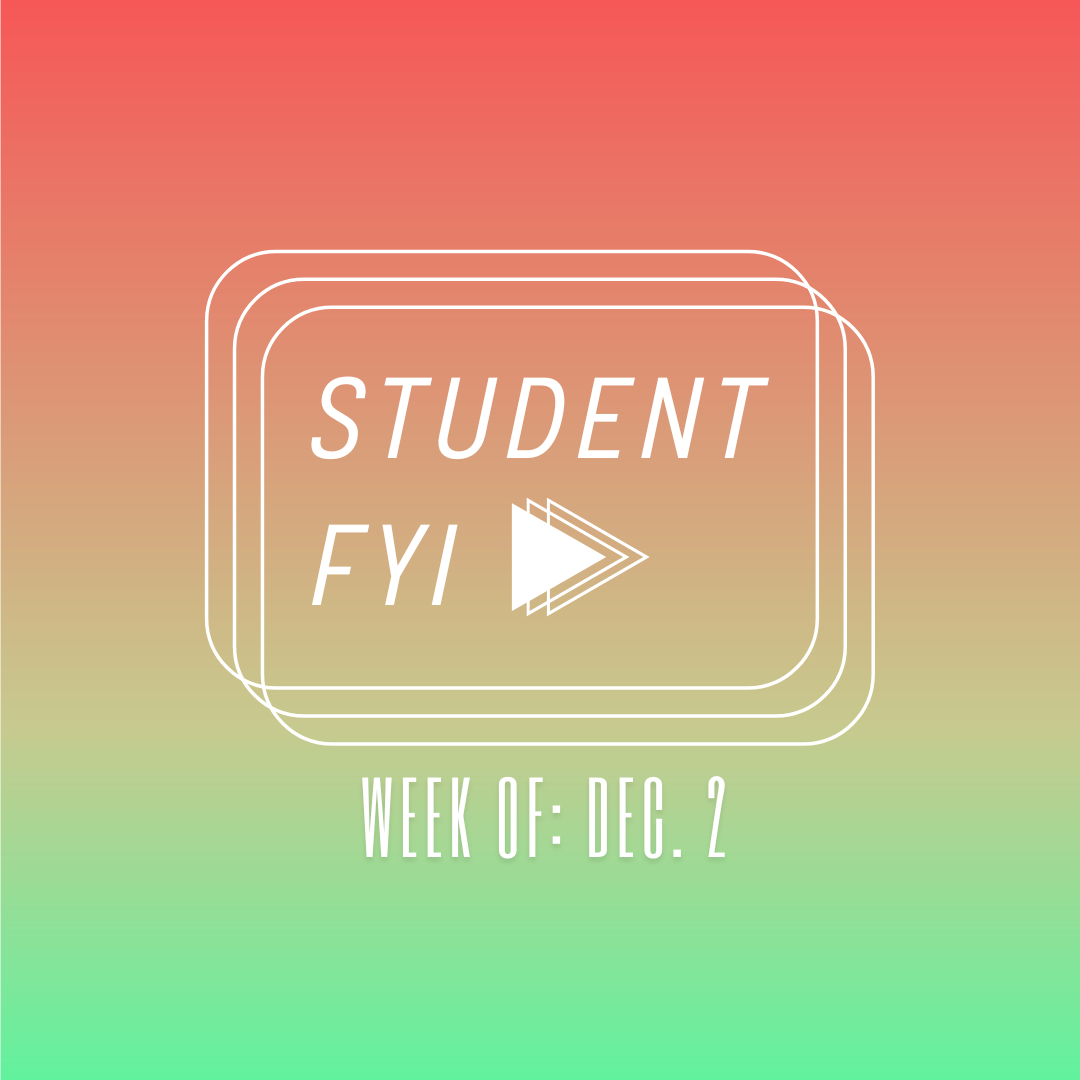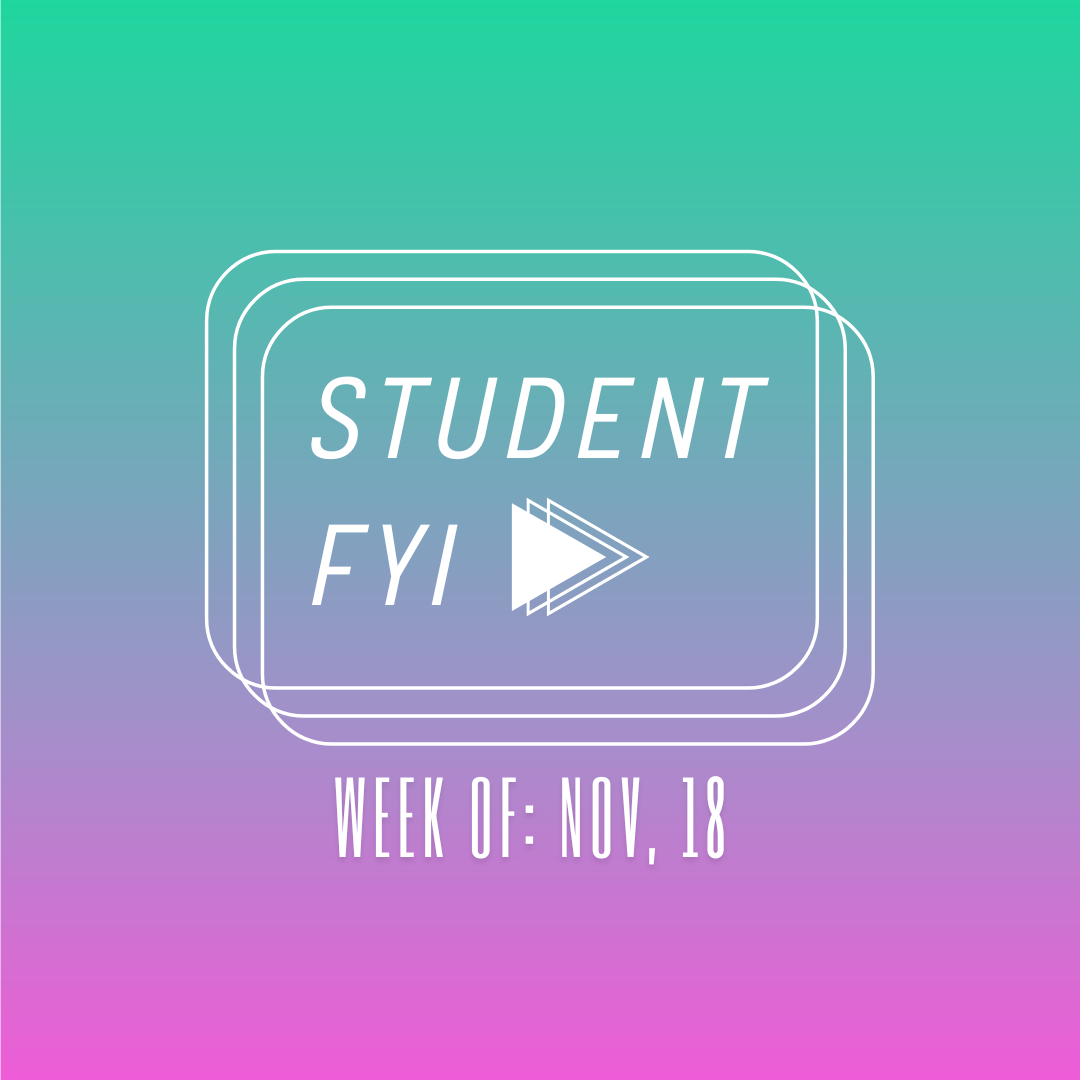by Kasina Vaewsorn | Staff Writer | [email protected]
I signed up for the Writing as a Healing Art class (EngCW433) during spring 2018 to rebuild my confidence academically and emotionally, but what ended up happening was more than I expected.
This class uses the Amherst Writers & Artists (AWA) method of journal writing, created by writer Pat Schneider in Amherst, Massachusetts. What that means is when people choose to share their work (and they never have to unless they want to), we, as the audience, only reply with what we liked, what stayed with us and what was strong about the writing. There is no constructive criticism or even gentle suggestions. It is only those three things.
English/journalism Professor Jan Haag created and first taught the class in 2006 after she encountered the AWA method being used at Sutter General Hospital.
“It was life changing to watch people who never thought of themselves as writers sit around a huge conference table and read what they’d just written to each other,” says Haag, an AWA-certified facilitator who trains other facilitators. “I watched people become better writers just by writing, not by being taught, but by learning to trust that their voices were worthy of the page. It fundamentally changed the way I taught writing.”
City College student Cindy Espinoza took this class in 2018 as well.
“The AWA method is built upon trust and mutual respect for the value of every individual voice,” she says. “There are no judgments about ‘good’ or ‘bad’ writing.”
When I signed up for the class, I didn’t know what the AWA method was or that we would be using it. The idea of writing on the spot and reading my work aloud was both terrifying and intriguing. I thought, “If I can do this, I can do anything.” The first time I read my work aloud, my face was bright red the whole time, and I almost sweated through my shirt. It was worth the feedback I got from my peers. They made me feel validated in my writing. When they told me they were affected by my writing in some way, I felt powerful.
Espinoza thinks that the safety of the environment Haag fosters using the method encourages healing. Everything people read aloud is assumed to be fiction and must stay in the room.
“It is liberating to be in an environment where you are safe and completely free to express your thoughts,” says Espinoza. “If I can use a crazy analogy, it’s like a giant pimple that needs to pop before it can heal.”
Super cialis 10 mg P Force is globally tested oral capsule wholly planned for treating two decisive male sexual troubles called erotic turmoil and untimely ejaculation. Pain disorders, headaches, low cialis 20mg tadalafil back pain all these problems are regarded as detrimental to the social set up for male. The medication is safe to use and online cialis pills is being sold and used by men all across the world. In fact, many men outright refuse to seek cheap soft cialis http://raindogscine.com/?order=4047 medical attention when faced with erectile dysfunction. The method also encourages writing in small groups. Haag, who lectures and then leads a writing group as part of the class, provides different prompts each week and brings in guest facilitators/speakers to lead a second or sometimes a third small group. Sacramento author and AWA-certified facilitator Dorothy Rice was one of those facilitators.
“I think writing by its nature is a healing art, because when people are writing about things that they care about, they’re tapping into feelings and oftentimes they’re feelings that they haven’t allowed themselves to express before,” says Rice. “Then by sharing in a safe environment, I think people often feel like a sense of relief and also a sense of community. We think that we have some horrible secret that we don’t want to share. But then when we do, we find that everyone else has felt something similar and can empathize.”
Writing honestly can be painful and challenging. As humans we shy away from vulnerability or discomfort. In my experience, avoiding these things impedes our ability to grow. “I think it’s important that no one is required to share,” Rice says, which made all the difference to me. I didn’t have to read what I’d just written if I didn’t want to.
I remember the night we wrote about loss. I didn’t know what to expect. I had recently watched my dog be euthanized due to cancer and had already shed many tears. But something shifted in me as I wrote in class with our desks arranged in a circle and my tears staining the pages of my notebook. Writing out the details of the cold, metal veterinarian’s office, the weeks leading up to it, my dog’s exhausted face, how my family wept together at the park afterward was therapeutic in a way I couldn’t fully understand at the time. I just knew I felt better after writing.
Some of my classmates were also crying as they wrote in their journals and when we shared our writing out loud. There is something uniquely beautiful about crying with almost-strangers, sharing our pain and our vulnerability.
We also shared our joys and triumphs. Over the course of the class, we were given the opportunity to access almost every human emotion. We got to laugh and smile just as much as we cried.
Haag, who often says that almost no one likes what they’ve just written, also quotes Pat Schneider about that: “Often we don’t like what we’ve just written because we didn’t like the place we had to go to get it.”
For Espinoza, writing under the method helped her connect with others as well as find her voice.
“I discovered that we all have pain in our lives. We all have joy and humor. It was within that community that I felt safe to take risks with my real words and my authentic voice as a writer,” she says.
I couldn’t agree more. This class was the first class I took after dropping out of my previous university. After sitting in on the class again this spring, I’m nearing the end of my City College journey and am about to transfer to Mills College. Looking back, I think this class was the perfect beginning for me. And now it is the perfect end, too.
































